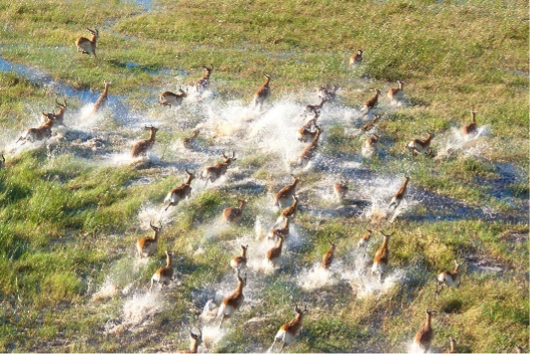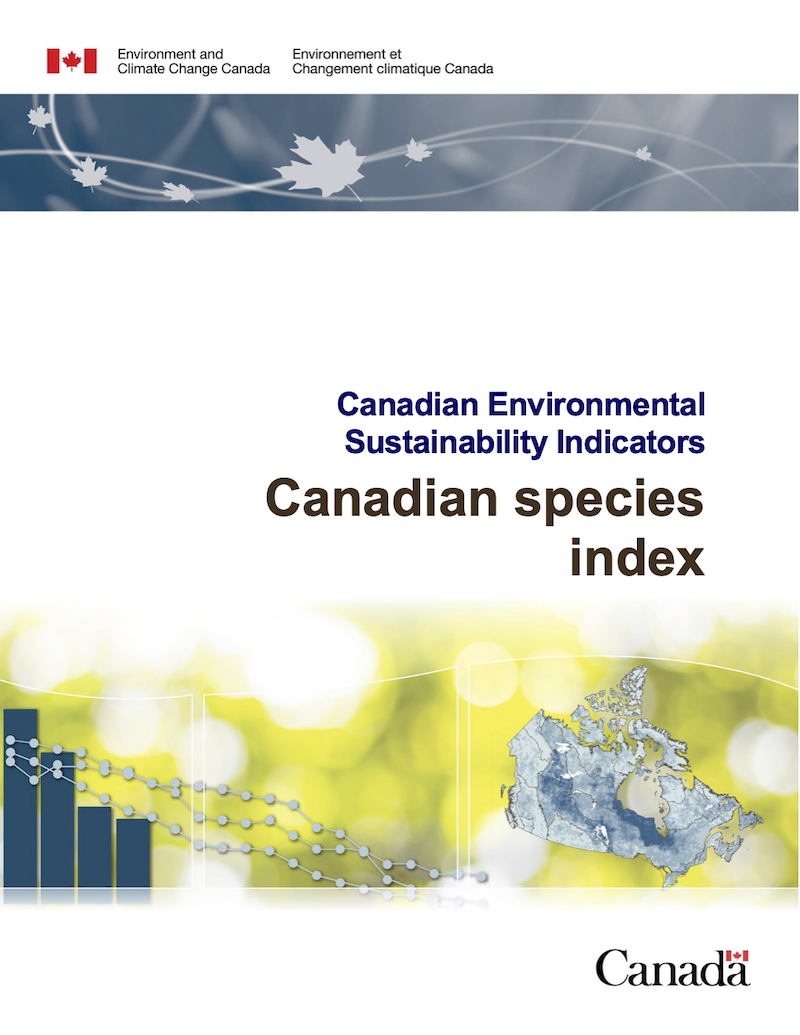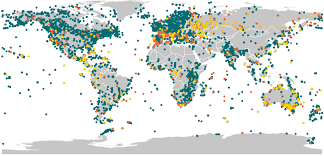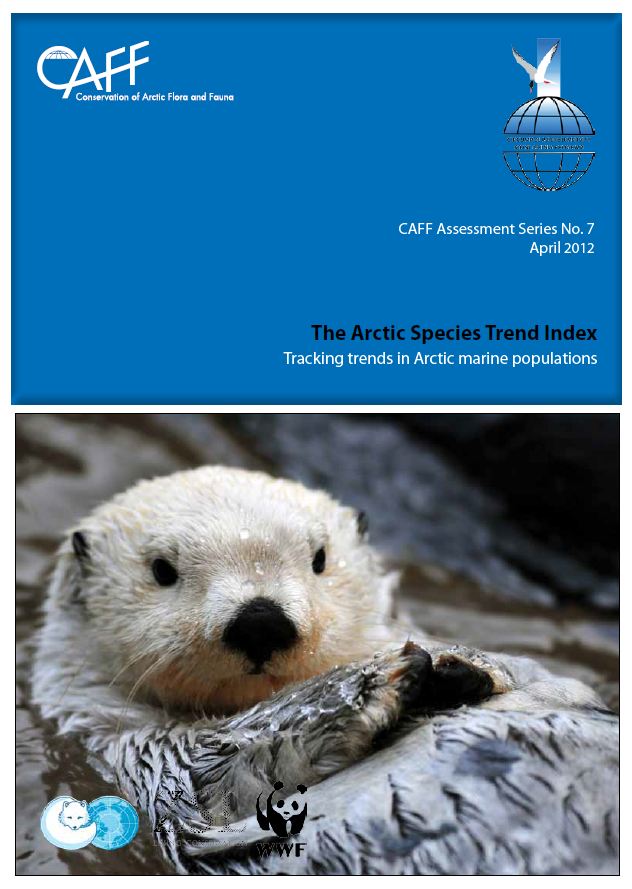Indicators using the Living Planet Index database
The LPI database contains thousands of population time series for birds, mammals, fish, reptiles and amphibians, which are gathered from a variety of sources such as journals, online databases and government reports. Using a method developed by ZSL and WWF, these species population trends are aggregated to produce indices of the state of biodiversity. The rest of our work focusses on expanding the coverage of LPI data to more broadly represent vertebrate biodiversity from all around the globe and disaggregating the index to measure trends in different thematic areas. This includes assessing the changes in different taxonomic groups, looking at species trends at a national or regional level, identifying how different threats affect populations and providing an insight into how conservation intervention can promote species recoveries. Some of these indicators could be used in the post-2020 global biodiversity framework or for monitoring progress towards targets for other Conventions. These are indicators that we have developed or jointly developed.








